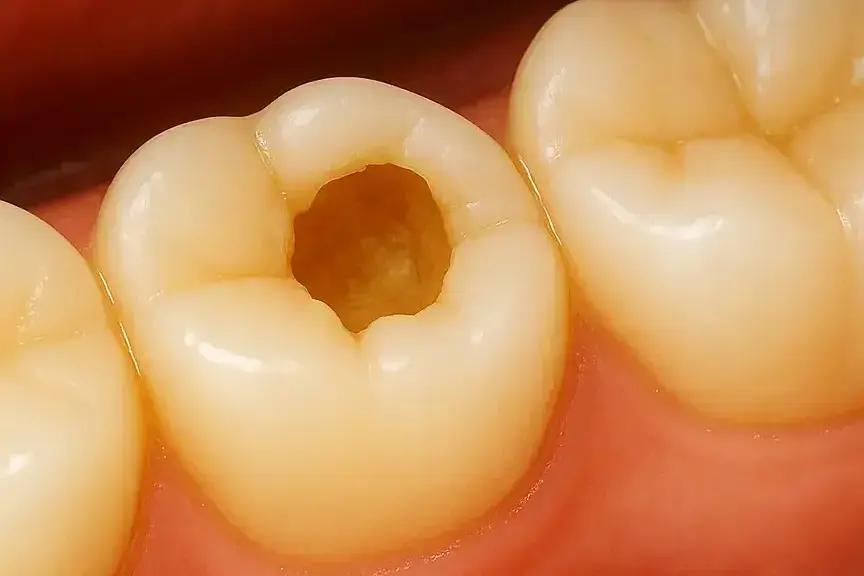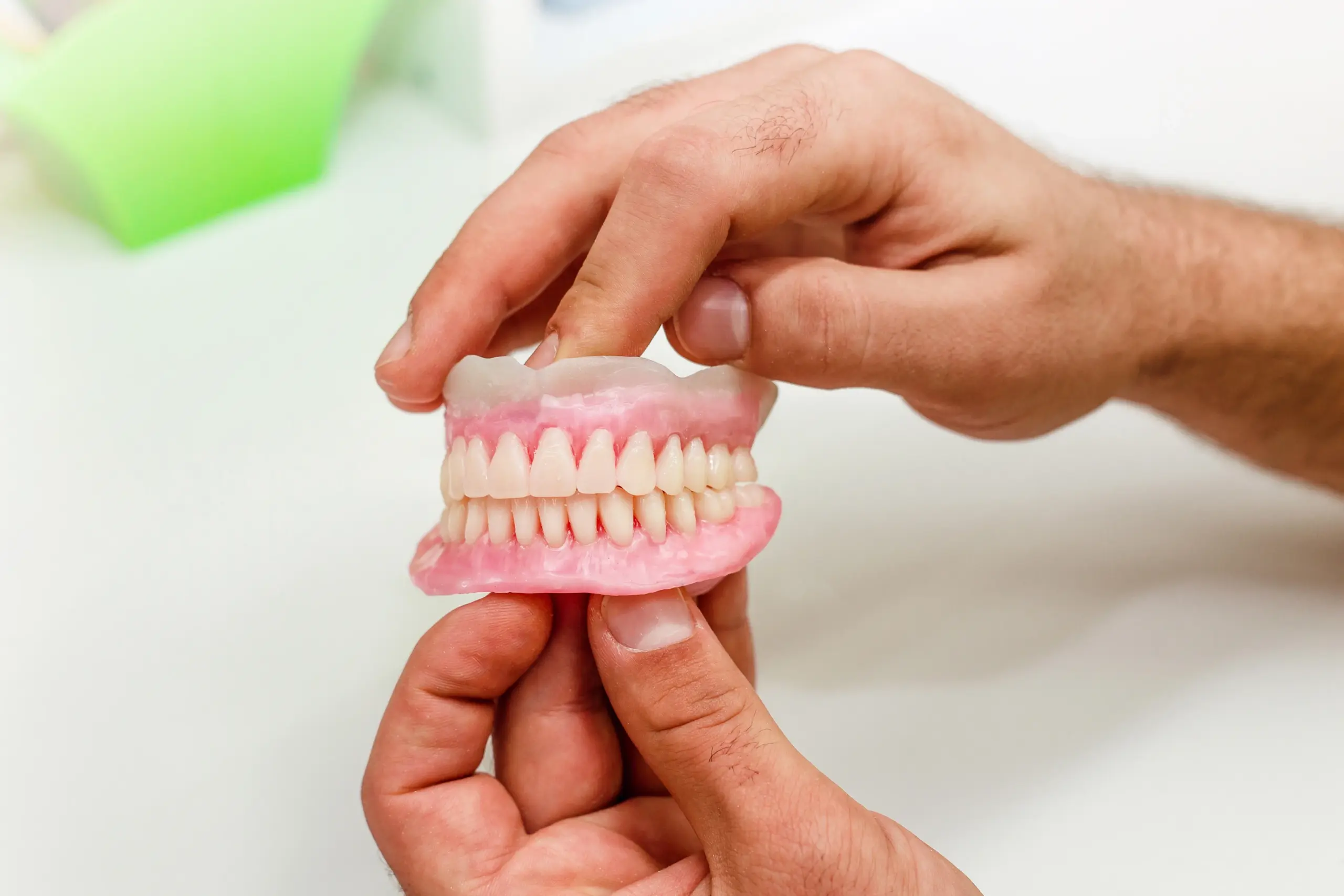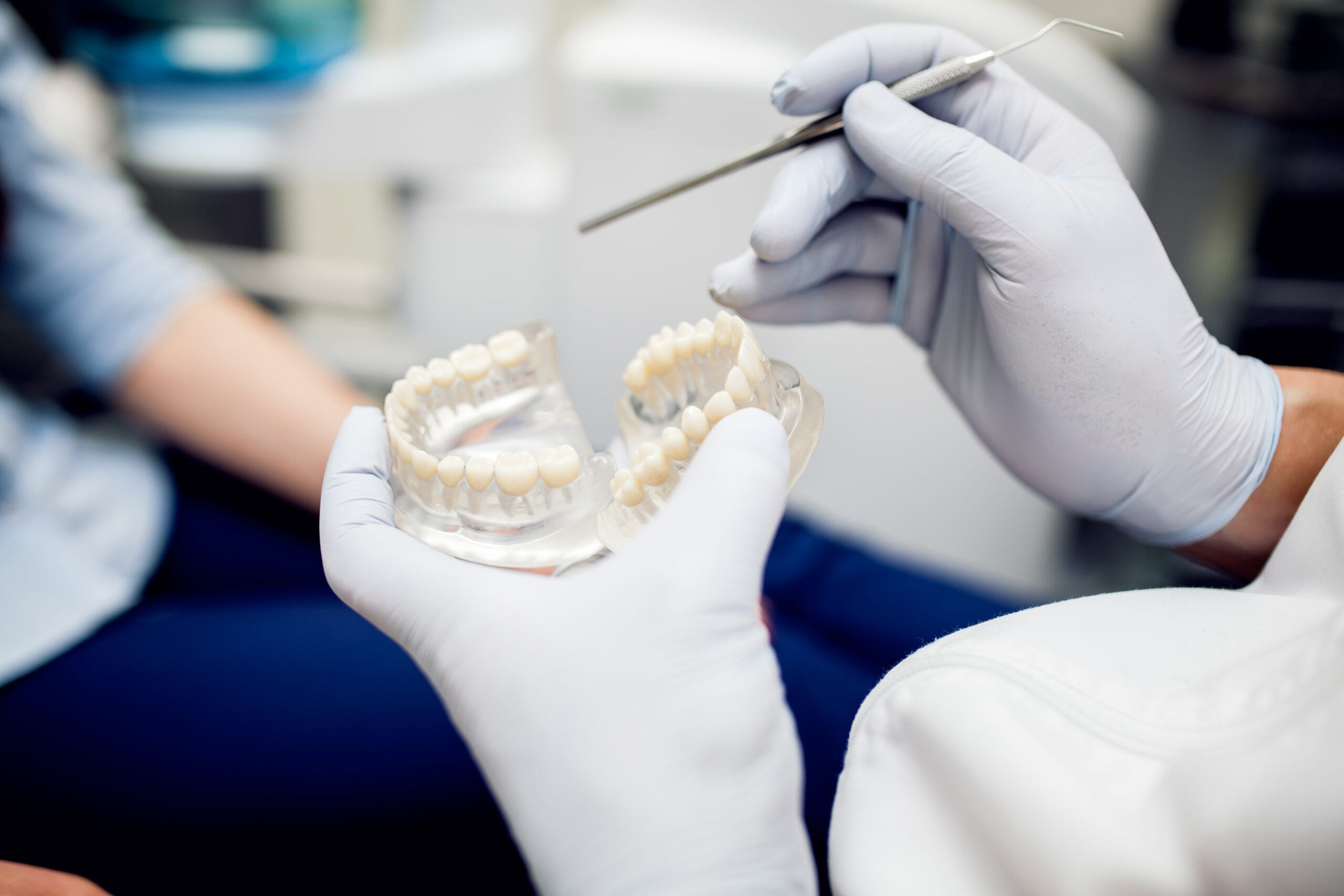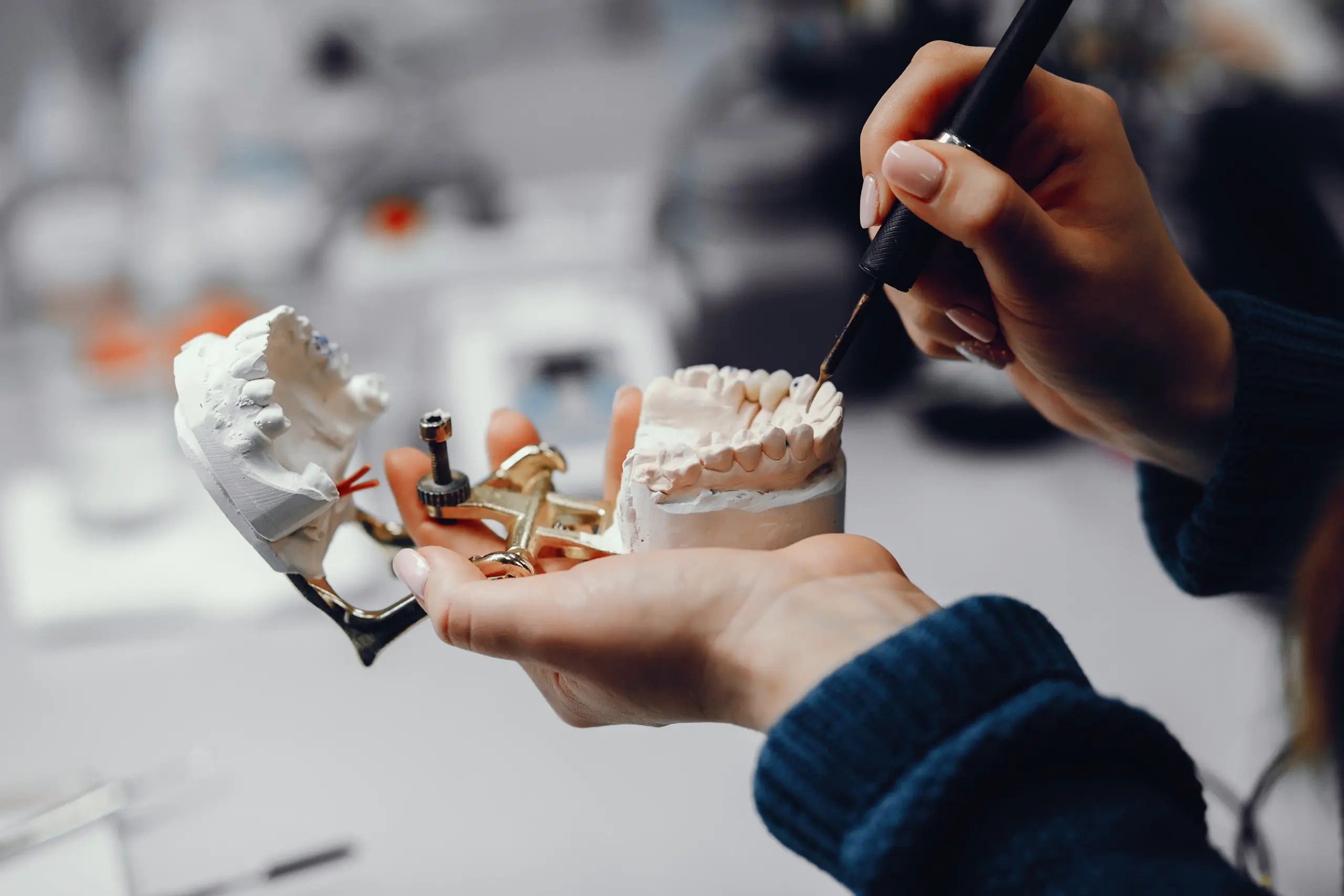When a tooth is undergoing treatment or repair, a temporary filling offers crucial short-term protection. Designed to last only a few weeks or months at most, it’s a common solution when a permanent restoration can’t be placed immediately.
What Is a Temporary Filling Used For?
Temporary fillings are not permanent restorations. They serve specific purposes during a transitional phase of dental care. Most often, they are used to:
- Seal a tooth after root canal therapy or emergency treatment
- Provide temporary relief from pain or sensitivity
- Preserve space while waiting for a lab-made crown or inlay
- Allow observation of a tooth’s condition before permanent treatment
Temporary fillings help prevent bacteria, food debris and moisture from causing further issues. However, they are not meant to endure everyday wear and tear for extended periods.
How Long Can a Temporary Filling Last?
On average, a temporary filling lasts between 6 and 8 weeks. In some cases, it may remain intact for a few months if well cared for, but its materials are not designed for longevity.
The lifespan varies based on:
- The material used
- The tooth’s location in the mouth
- Oral hygiene habits
- Dietary choices
- Pressure from chewing or grinding
It’s essential not to treat a temporary filling as a long-term solution. Delaying a permanent restoration increases the risk of complications, including tooth decay and infection. The NHS also warns about the dangers of ignoring dental treatments, including progression to abscess or even tooth loss.
What Materials Are Used in Temporary Fillings?
Temporary fillings are made with materials selected for ease of application and removal, not durability. Common types include:
- Zinc oxide eugenol: Known for its soothing effect on dental nerves
- Cavit: A moisture-sensitive material that seals well but wears down quickly
- Glass ionomer: Releases fluoride and bonds to the tooth, but is weaker than permanent alternatives
These materials are intentionally softer than permanent filling materials such as amalgam or composite resin.
Factors That Affect How Long a Temporary Filling Can Last
Type of Material
Different materials degrade at different rates. Cavit tends to wear out faster than glass ionomer, and zinc oxide eugenol typically lasts several weeks at best.
Oral Hygiene Routine
Maintaining good oral hygiene without aggressively brushing near the filled area can help prolong the life of the temporary material.
Diet and Food Habits
Sticky or hard foods can dislodge or fracture the filling. Patients are advised to chew on the opposite side of the mouth and avoid:
- Caramel, toffee, or chewing gum
- Hard nuts or seeds
- Crunchy vegetables like raw carrots
Location of the Filling
Temporary fillings in molars experience more stress during chewing and often wear out faster than those in front teeth.
How to Care for a Temporary Filling
A temporary filling is only as good as the care it receives. To keep it intact until your next appointment:
- Brush gently twice daily with a soft-bristled toothbrush
- Use non-abrasive toothpaste
- Floss carefully around the filled tooth to avoid dislodging it
- Avoid biting directly on the filled area
- Rinse with salt water after meals to reduce bacterial buildup
This care routine supports the short-term function of your temporary filling and helps prevent discomfort or failure.
What Happens If a Temporary Filling Falls Out?
If a temporary filling falls out or cracks, the underlying tooth becomes exposed. This can lead to:
- Sensitivity to temperature or pressure
- Bacterial infection
- Structural damage if the tooth breaks further
In such cases:
- Rinse with salt water to clean the area
- Avoid chewing on the exposed side
- Use dental wax or a temporary dental kit (as a stopgap measure)
- Contact your dentist immediately
WebMD highlights the importance of early intervention to avoid worsening dental issues when fillings fail.
Clinics like Birchgrove Dental offer timely emergency appointments to assess and restore the tooth before further complications occur.
When Should You Replace a Temporary Filling?
Even with ideal care, a temporary filling must be replaced within a short window. Your dentist will advise replacement when:
- The tooth is ready for a permanent crown or filling
- The material shows signs of cracking, sinking or discolouration
- Pain, swelling or sensitivity arises
- More than eight weeks have passed since placement
Replacing it promptly ensures the tooth doesn’t regress in its recovery or structural integrity.
How Long Can a Temporary Filling Last Compared to a Permanent One?
| Feature | Temporary Filling | Permanent Filling |
| Material | Zinc oxide, Cavit, or glass ionomer | Composite resin, amalgam, ceramic or gold |
| Lifespan | 6–8 weeks (occasionally up to 3 months) | 5–15 years (or more with proper care) |
| Strength | Low | High |
| Intended Use | Interim relief | Long-term restoration |
| Removal Process | Easy | Not intended to be removed frequently |
Temporary fillings simply cannot offer the long-lasting protection or performance of a properly placed permanent restoration.
Common Dental Procedures That Use Temporary Fillings
You are most likely to receive a temporary filling during or after the following treatments:
- Root canal therapy
- Tooth preparation for crowns or bridges
- Emergency dental repairs involving fractures or lost fillings
- Sensitive teeth are under observation before permanent work is finalised
In each scenario, the temporary filling acts as a holding solution. It keeps the tooth safe and functional until further care is completed.
What to Expect at Your Follow-Up Appointment

During your follow-up appointment, your dentist will:
- Remove the temporary material with precision tools
- Examine the health of the tooth and the surrounding gum
- Place a permanent filling, crown or other restoration
It is vital not to skip this visit. The integrity and future of your tooth depend on it.
Final Thoughts
While a temporary filling can last for six to eight weeks, or even a few months in some cases, it is never a replacement for a permanent solution. With proper oral care and attention to diet, the filling can hold out long enough to bridge the gap until your next dental appointment.
If you’re unsure about the condition of your temporary filling, or if it’s been several weeks since placement, now is the time to act. At Birchgrove Dental, the team is ready to help you complete your treatment with long-lasting, expert-led care tailored to your needs. Don’t wait for complications to arise. Book your appointment today and take the next step towards full dental restoration and comfort.





